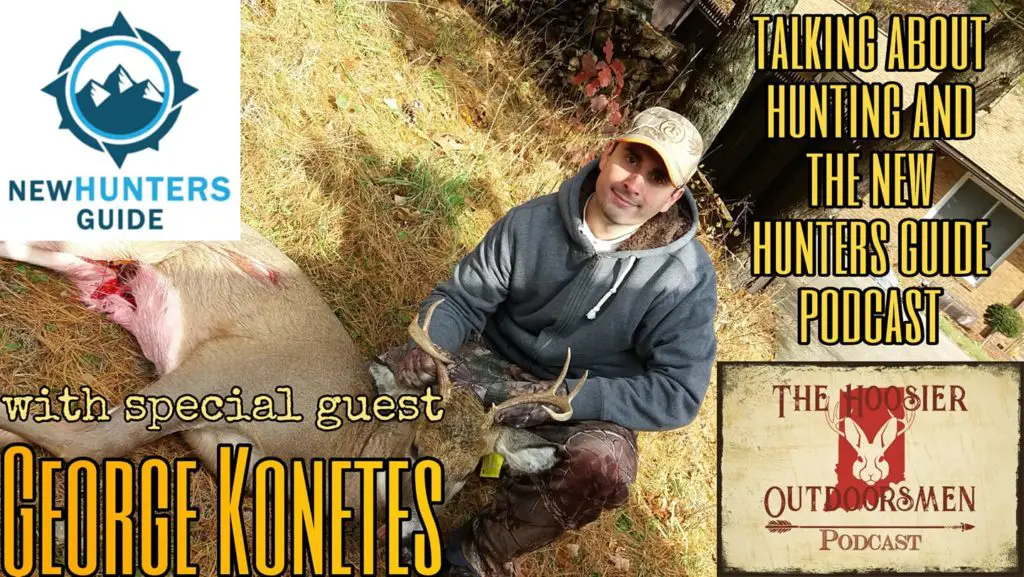Show Notes:
A lot of people think food plots are beyond what they can achieve or afford. But there are great options out there you can start with, such as white clover that can be planted with no equipment, needs minimal space, and grows back every year. On this episode I dig into the details of getting started on cheap, fast, and easy clover plots.
Take Aways
- The best times of the year to plant clover are early spring and late summer, either of which can help impact your whitetail deer or turkey hunting success.
- You do not need to till the ground to plant clover, in fact there are good reasons not to till.
- You can plant a half acre or less plot with the best white clover seed on planet earth for less than $30.
- Clover is roughly 30% protein and is loved by deer and turkey. Bonus fact, it can double as a survival food for humans if you boil it before eating.
- Clover grows back every year, which means once you get the plot established, all you need to do is maintain it and it can last for years and years.
- Planting can be fun, it can even become its own off season side hobby like hunting for antler sheds.
- Listen to the episode to hear the full story!

